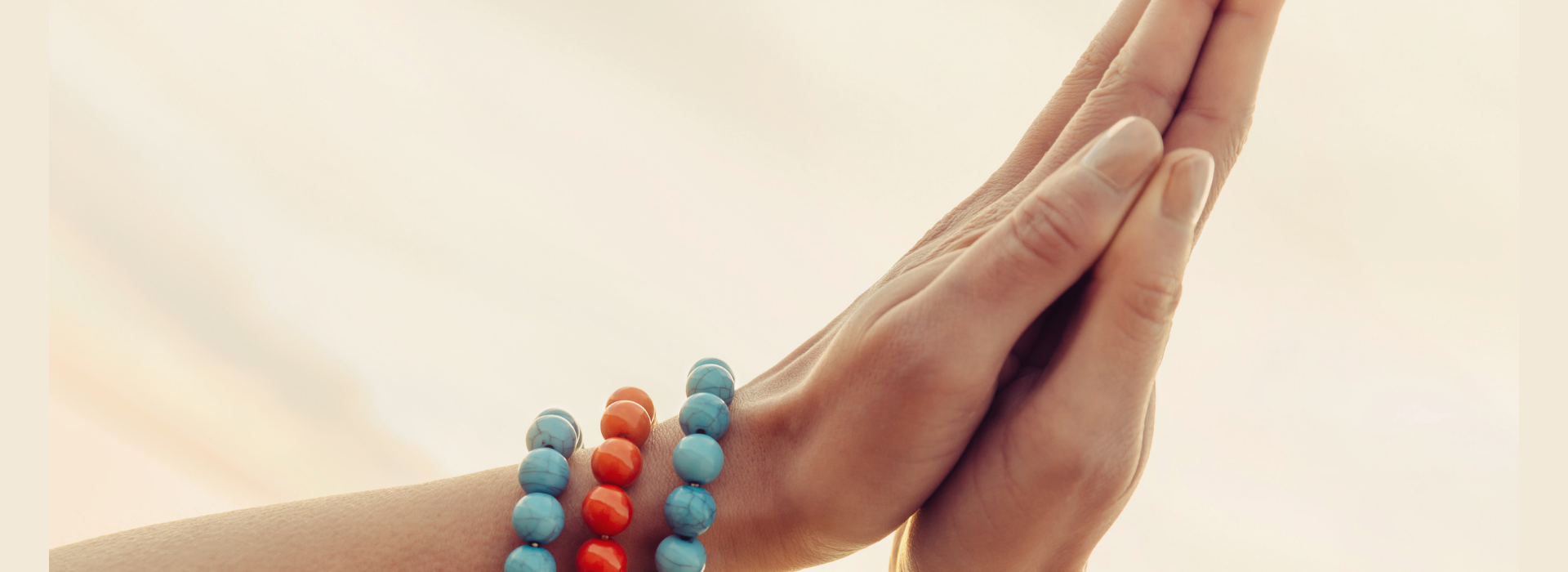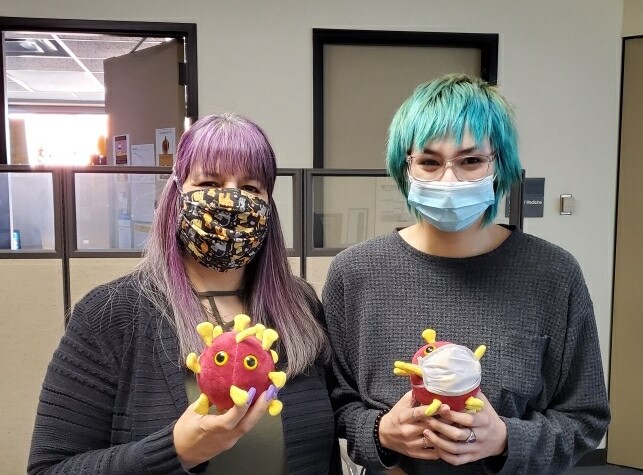
New NIH Grant Helps Close Education Gap Among Native American Youth During COVID-19 Pandemic
The COVID-19 pandemic has posed a significant threat to Indigenous communities, worsening health disparities due to limited access to public health information and an underfunded healthcare system. Tribal leaders have continued to play a critical role in responding throughout the pandemic to reinforce accurate knowledge and safety within their communities.
As a Bois Forte Band of Chippewa (Ojibwe) band member, Anna Wirta Kosobuski, EdD, an assistant professor in the Department of Biomedical Sciences at the Medical School, Duluth Campus, took action to address the educational gaps among Native American youth and developed resources on COVID-19-related topics. “It’s a critical need, and we want to make sure that we’re serving communities as they wish to be served,” Dr. Wirta Kosobuski said.
Recognizing the importance of empowering youth, Dr. Wirta Kosobuski is coming together with her team and tribal collaborators in northern Minnesota to implement prompt solutions for health information outreach. Supported through a $20,000 grant from the National Institutes of Health’s National Libraries of Medicine, the project’s title,“Kina,” honors its purpose and comes from the Ojibwe word for “together,” a nod to the equal partnership they strive to achieve with Native American communities. Together, the team will conduct virtual activities that strengthen coping mechanisms and resiliency through wellness and cultural pride.
“‘Kina’ represents the nature of all we do with our tribal nations,” Dr. Wirta Kosobuski said. “This project, including our other youth programming, is created and carried out together for a meaningful experience that blends cultural approaches, such as language.”
The Kina project will also introduce conversations about media literacy through the use of MedlinePlus to identify trustworthy COVID-19 information. "The internet is the main information source among teens. One of our goals is to guide youth in better identifying the sources that are accurate," Dr. Wirta Kosobuski said. "Information overload is a real concern. It can lead to fatigue and increased potential to dismiss important information in practicing COVID-19 safety."
Accompanying the team on the Kina project includes a teen assistant who will foster the collaboration from a youth perspective. “We believe that the Native American communities we serve know what is most helpful for their members, requiring oversight in what we develop,” Dr. Wirta Kosobuski said.
In response to understanding the life-changing impacts of COVID-19, Dr. Wirta Kosobuski and her team also hope to inspire today’s youth to enter science and choose to address the needs of Native Americans. “Young people want to learn. Not only is learning new things interesting, but it’s also empowering for youth to consider what they’ve learned and make decisions on their own,” Dr. Wirta Kosobuski said. “That possibility keeps me going and looking forward to the next project.”
As a rapid response initiative, the Kina project will wrap up at the end of April and the cultivated resources will also be made available online for public use.

Caption: Pictured are Kina project team members, Shannon RedBrook, team researcher, and her teen assistant. They are both holding COVID-19 toys used for the project's COVID-19 virtual awareness activities.